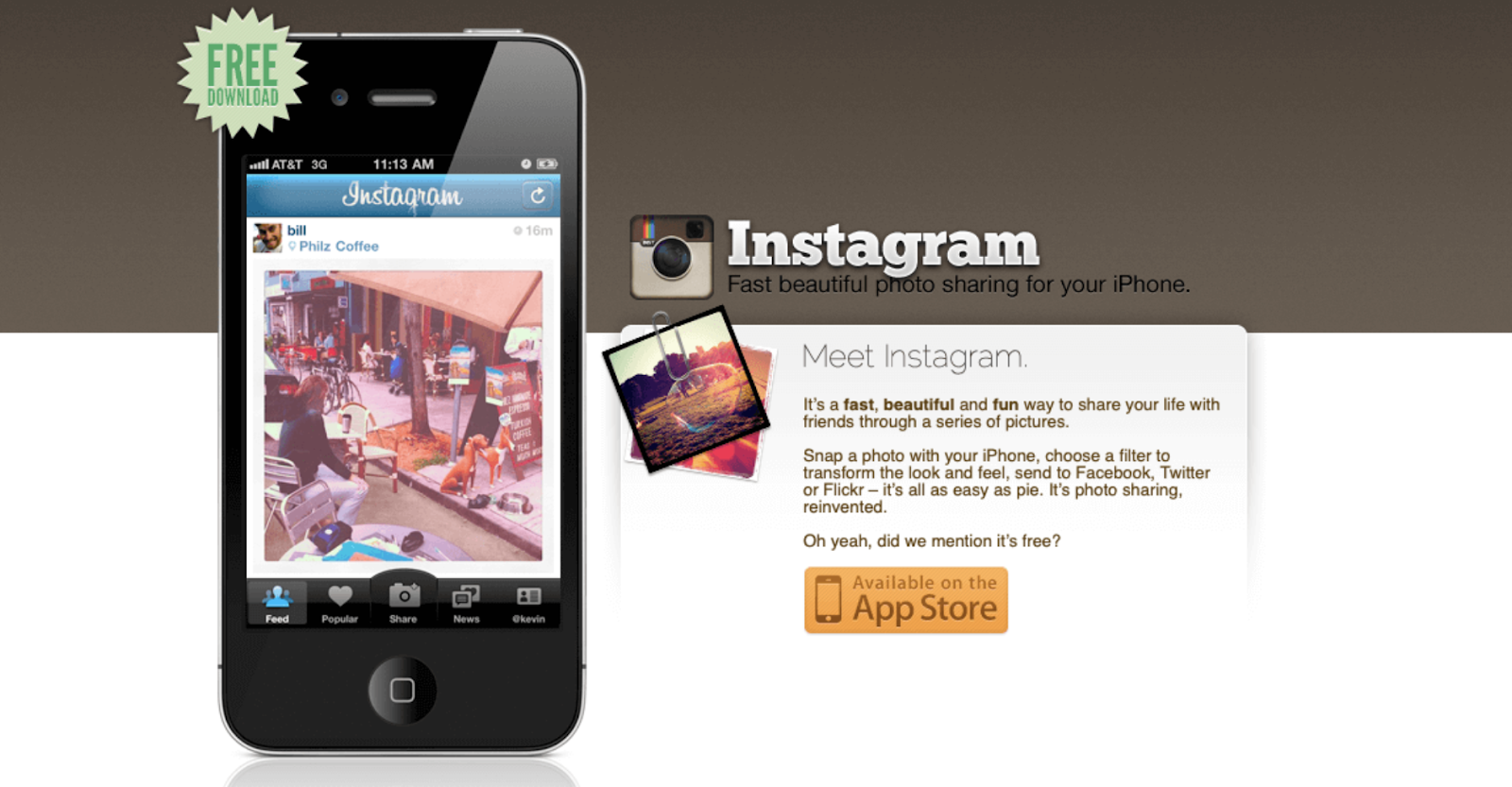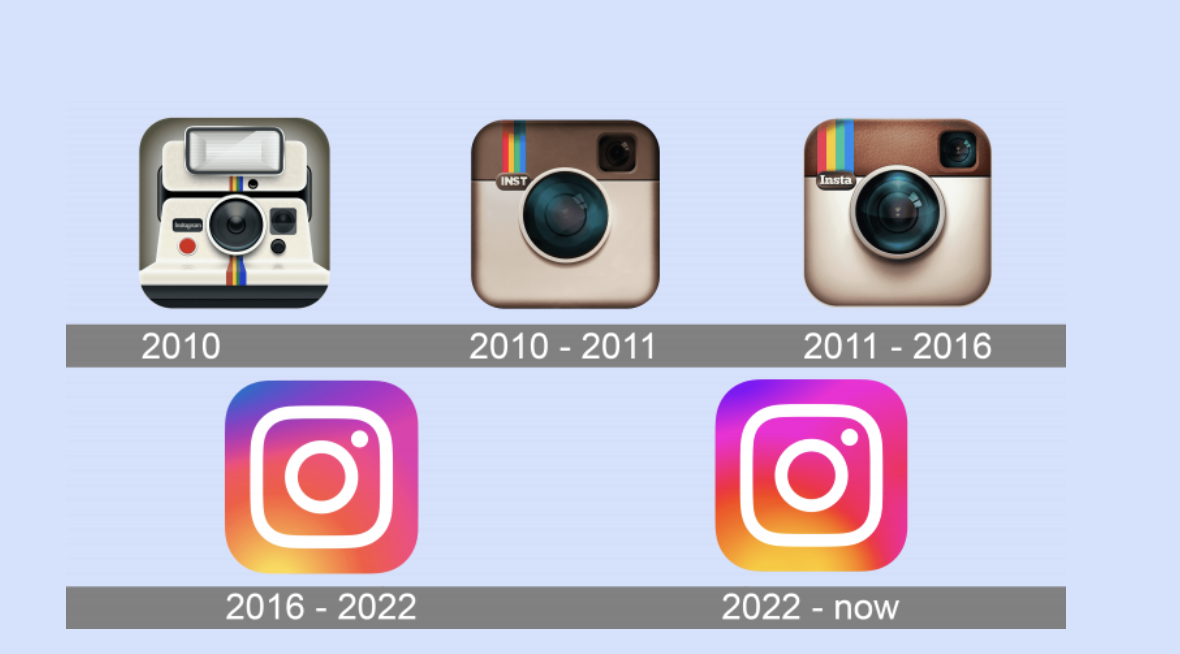Personally, my relationship with technology could be improved. While I try not to be on my phone while I'm spending time with friends and family, or when I'm walking to class. I spend a lot of my free time on my phone when I could be doing other things, such as reading a book or going on a walk. The more time I spend scrolling through social media, the more drained and unproductive I feel.
Recently, I've been making an effort to implement healthy habits and strategies to improve my relationship with technology. Such as taking a break from certain apps that have been distracting me and taking up too much time in my life, turning off notifications, and setting time limits for apps on my phone.
Back home, my family has implemented the habit by not going on our phones during meals together. Every time I'm at a restaurant or a coffee shop and I see couples or friends sitting across from each other on their phones, I can't help but think how technology has ruined human relationships. We are so glued to our phones that we have lost sight of what has been placed in front of us.
A study by market-research group Nielson claims that American adults spend more than 11 hours per day watching, reading, listening to or simply interacting with media. This is extremely concerning considering that technology is incredibly addictive. As a society, it's time we pay more attention to the damage that technology can bring into our lives. An article published by No Side Bar introduces strategies that help us redefine our relationship with technology. These strategies include breaking the cycle by considering your motivations before buying the newest technology, setting limits, cultivating hobbies that fulfill you, and doing your research.
While many of us use technology for school, work, and keeping up with our loved ones. However, it should not be used as a replacement for face-to-face connection. Cultivating hobbies that bring purpose into our lives such as joining a club and spending time with friends helps us realize that we have lives that exist outside of our screens.
https://nosidebar.com/relationship-with-technology/






















